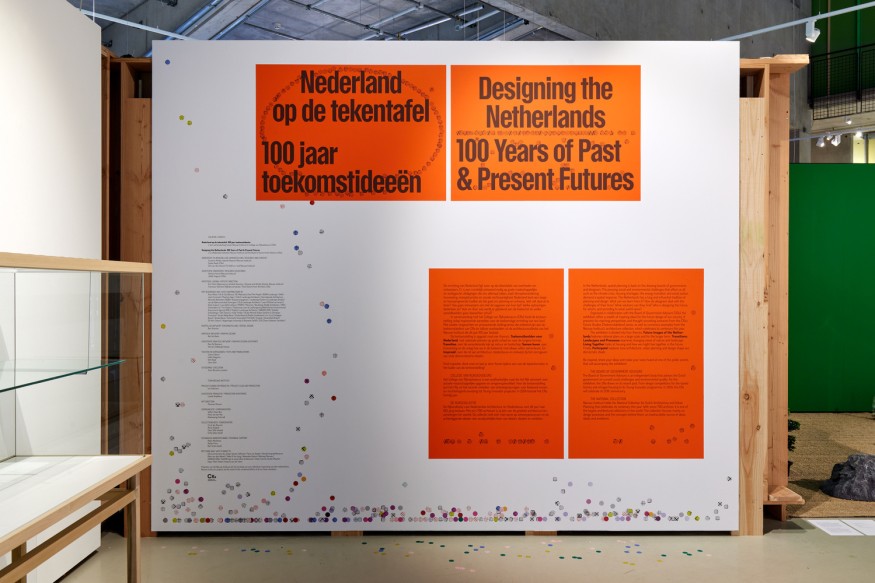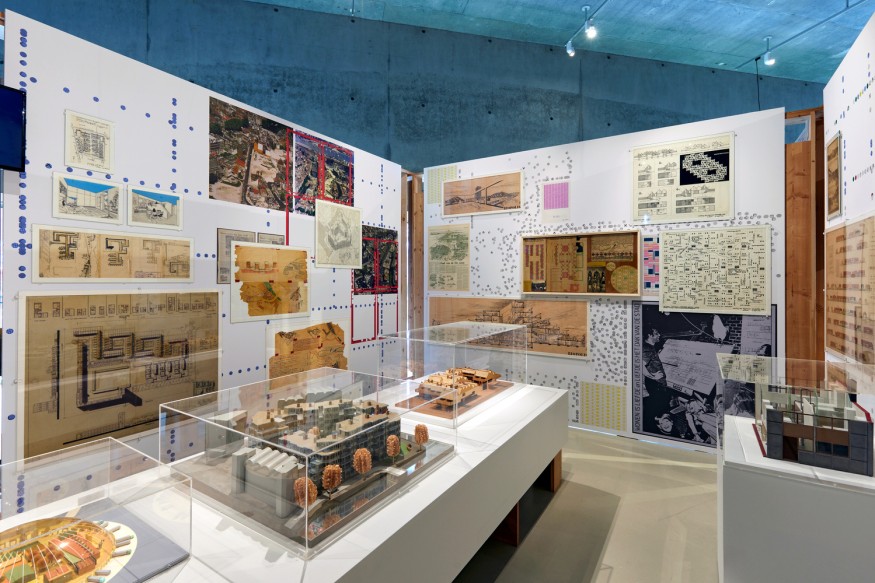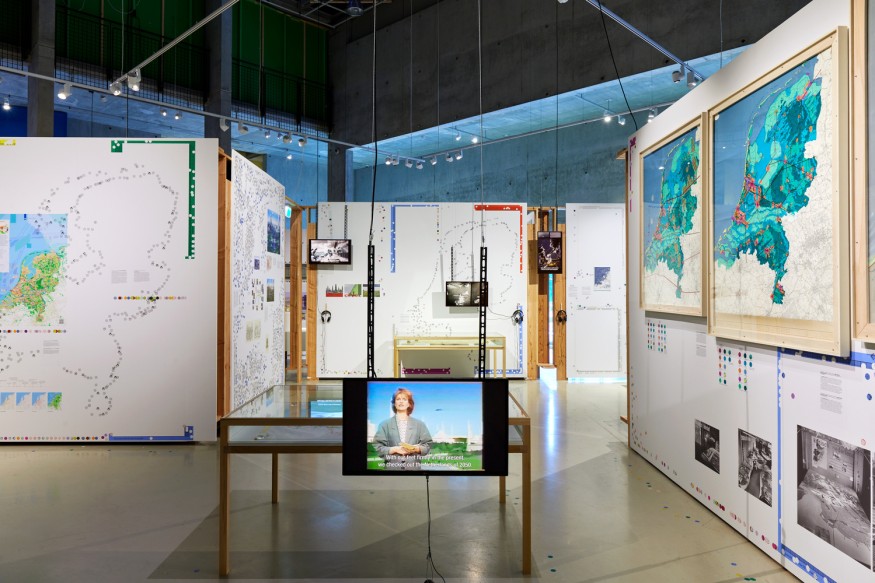Nieuwe Instituut’s Exhibition Chronicles 100 Years of Dutch Architecture’s Past & Present Futures in the Netherlands

A 100-Year Journey Through Past & Present Futures
In a remarkable exploration of the Netherlands' architectural evolution, LEGO-like experimentation and bold challenges by visionary architects have marked the country's landscape. This journey through time encompasses the groundbreaking exhibition 'Designing the Netherlands: 100 Years of Past & Present Futures,' curated by Rotterdam's Nieuwe Instituut in collaboration with the Board of Government Advisors. Unfolding themes instead of chronological order, the exhibition delves into historical precedents and contemporary design proposals, weaving a narrative reflecting the dynamic intersection of architecture, urban planning, and societal change.

Architects Shaping the Future
Renowned worldwide for its audacious experimentation, the Netherlands has witnessed the subversion of conventional practices by prominent architects such as Gerrit Rietveld, Piet Blom, Rem Koolhaas, and the Office for Metropolitan Architecture (OMA). The largest LEGO Architecture set, a recreation of Paris's Notre Dame Cathedral, was unveiled, reflecting the Dutch tradition of pushing boundaries and reimagining famous sites. Despite challenges, these architects have propelled the country into the global spotlight, paving the way for unconventional and visionary designs.
Engineering the Landscape
With over a quarter of its surface below sea level, the Netherlands' engineered landscape relies on innovative systems to manage water control and agriculture. From historic feats like the Afsluitdijk to contemporary debates on renaturalization, the country grapples with balancing engineered solutions and ecological sustainability. As climate change looms, the relationship between natural and urban landscapes requires constant adaptation, challenging the reliance on man-made systems.

Housing Challenges and Transformations
The Netherlands faces a critical housing shortage, presenting unexpected challenges amid shifting ecological concerns. Government policies, market forces, and privatization have shaped the housing landscape, leaving over 300,000 struggling to find affordable living spaces. Examining the rich history of social housing, from early 20th-century interventions to the modern squatters' movement, offers insights into inclusive living policies and questions the balance between market forces and communal well-being.
Protest and Participation
As open and complex structures, cities allow for public involvement and expression of dissent. From the modern squatters' movement to open competitions and radical urban movements, citizens have shaped their urban environments. As the exhibition highlights, the past teaches valuable lessons about community-driven approaches, challenging the dominance of market forces and emphasizing the need for a whole-of-society approach.
As the Netherlands finds itself "once again on the drawing board," the exhibition provides a retrospective lens on the past century, offering insights into the complex interplay between architecture, planning, and societal dynamics. Historical lessons require reevaluating the reliance on market-driven solutions in the future, focusing more on community-driven approaches, inclusivity, and sustainability. On the occasion of the National Collection of Dutch Architecture and Urban Planning's 100th anniversary, the Nieuwe Instituut highlights the importance of preserving architectural history and promoting a comprehensive vision for the future.
From Digital Models to 3D-Printed Homes: Jaspreet Kaur Lall Explains How the Innovation Changes the Construction Industry

Future Belongs to Green Construction: Sampath Kumar Paspunoori Explains One of the Key Trends in the Construction Industry

Kamala Harris' Campaign Ad Uses Iconic Visuals from Carrie Mae Weems to Connect with Voters

Historic Ancient Roman Ruins in Baalbek Remain Strong After Israeli Air Strikes; Locals Seek Cultural Protection

4 Ways to Honor Departed Loved Ones in Your Home Design














